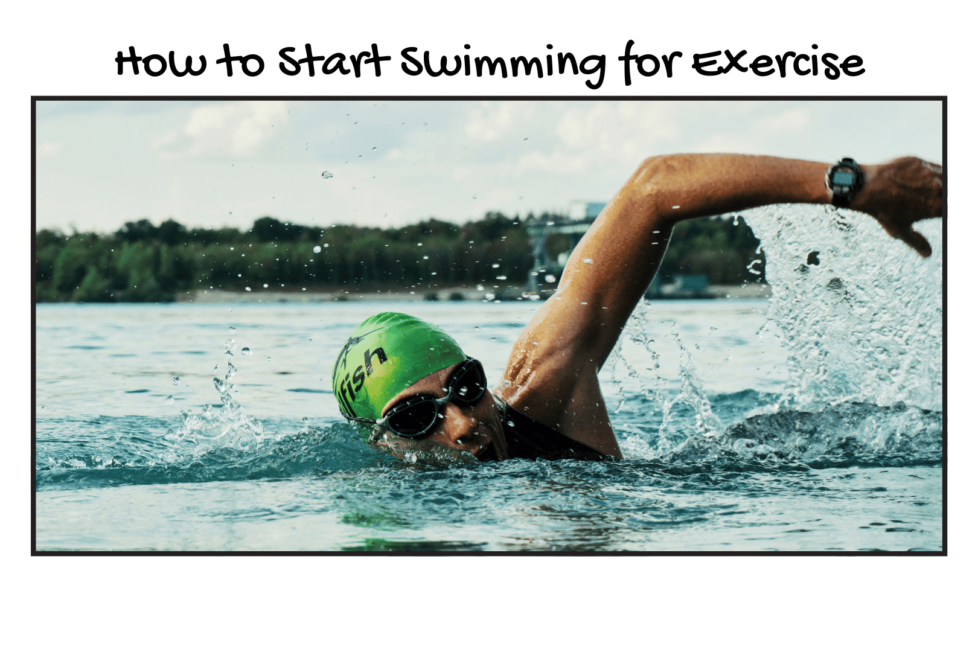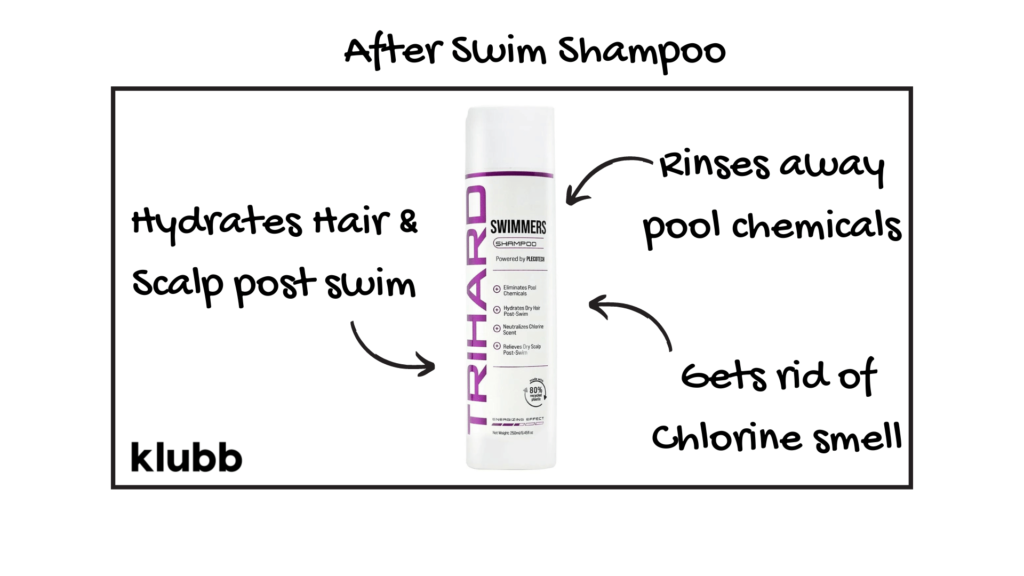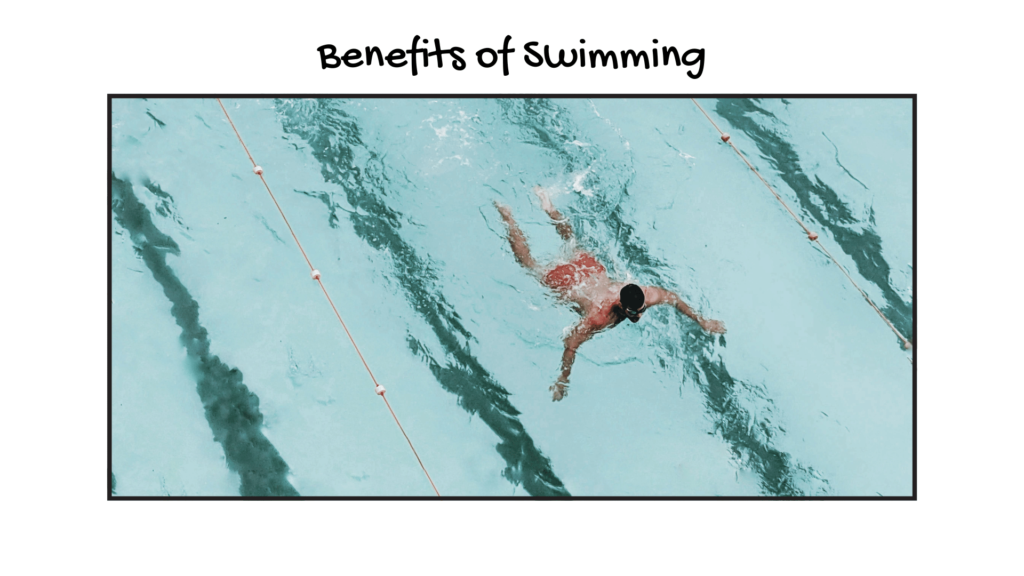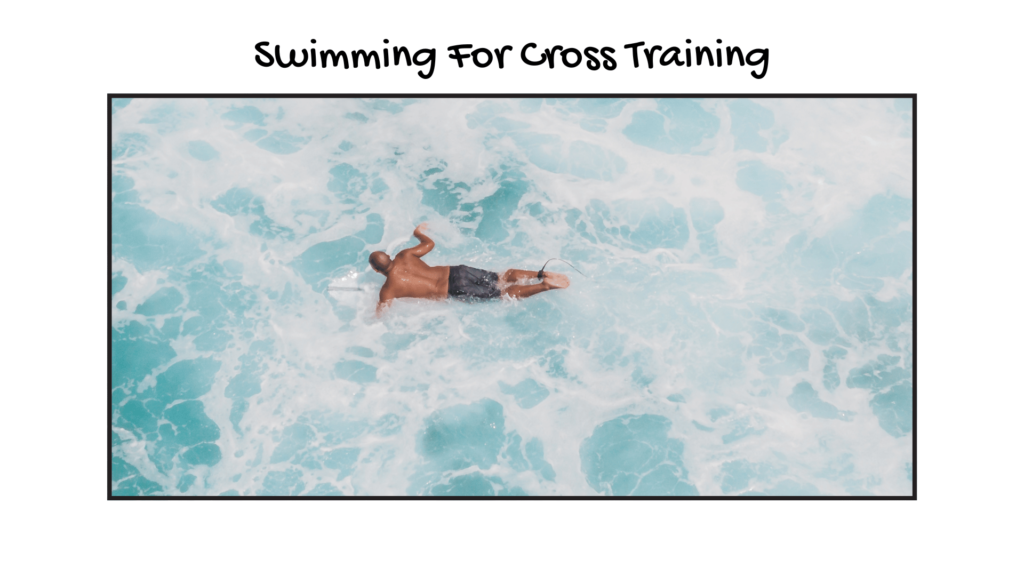How to Start Swimming for Exercise

The weightlessness of swimming provides low impact and a variety of health benefits. Studies have shown that swimming can help with arthritis and mental health. If you are recovering from an injury, swimming can also help with the rehabilitation process. Obviously any new workouts post injury should be cleared with you doctor – be sure to make sure you’re in good enough shape before entering a pool. Now that we have that covered, it’s time to dive into how to start swimming for exercise.
First, if you are new to swimming, it is important to always swim in a pool where there is a lifeguard on duty. Water is not the natural habitat for humans and you will be surprised on how exhausted you will be from just a short time in the water. Sticking with swimming though will produce a countless list of health benefits. According to the Cleveland Clinic, some of these benefits include:
Sources:
https://www.cdc.gov/healthywater/swimming/swimmers/health_benefits_water_exercise.html
https://health.clevelandclinic.org/swimming-joint-friendly-and-good-for-the-heart/
SPONSORED CONTENT: Paid Placement. This link contains affiliate links.

As a lifelong swimmer I have had to deal with dry hair and the nasty chlorine smell that lingers after a pool swim. I recently discovered TriHard After Swim shampoo that is specially formulated to remove chlorine from hair and keep the scalp hydrated. Set yourself up with the right products and enjoy the long term benefits. Read the full article on After Swim Shampoo here.

Swimming has a variety of mental and physical health benefits. Moving weightlessly through the water is much harder than it sounds, but that is a good thing. The strain from water exercise is what gives you all the benefits. Just treading water is a great starting place and will burn more calories than you would expect. As you progress to swimming laps, the tranquility that water provides relaxes your mind – decreasing anxiety and depression.
Unlike running, going for a swim won’t leave you sweaty after, but rest assured that you’ve gotten a great workout in. Minute-to-minute, swimming burns more calories than running. Of course pace and exertion play a big role but keeping most things constant, swimming delivers more bang for its buck.
Just getting into the pool and moving is a great way to get exercise. Simply being in the water and moving around is a surprisingly effective workout. If you are looking for something more strenuous, start swimming laps or use hand paddles for a more strenuous upper body workouts. Putting laps at the pool in will help burn calories, increase upper body strength and improve mental wellbeing. So, if you are trying to figure out how to start swimming for exercise, the answer is simple – get in a pool.
Swimming in general will give you a full body workout, but if you want to take it up a notch, here are some ways.
Being in the water is a great way to wash away stress. If you have ever spent any time in a pool, lake, or ocean you know what I am talking about. The rest that you get after getting into the water is like nothing else. Want to know what I am talking about? Spend a bit of time on a hot summer day in the water and relax in the evening with an incredible sun sapped feeling.
The act of swimming also has its own meditative properties. As you pull through the water, feeling water run over your face and body, it almost rinses away all anxiety.
All you need at the vary minimum is a swimsuit to start swimming. However, in order to have a more enjoyable experience it is important to come prepared. If you are trying to learn how to start swimming for exercise or simply want to be in the water more, here are the basics we recommend:
If you have never swam before, it is important to take lessons and only swim when there is a lifeguard on duty. Wearing a lifejacket at the very early stages of learning is a good way to get comfortable in the water. As you progress, you can buy buoyancy shorts or swim wetsuits that give you additional float in the water and make it easier to swim.
To keep your hair and body from drying out due to chlorine, use an after swim shampoo, condition, and body wash. TriHard is formulated specifically to rinse away chlorine and other chemicals from your skin and hair. Using a proprietary formula of Dead Sea minerals and red algae, TriHard helps to keep your skin healthy.
Finding a pool near you can be hard. Luckily there are YMCA and Recreation Centers in most cities that offer affordable options for getting laps in. Chain gyms like 24Hour Fitness and Equinox also have lap pools but can come at a much higher monthly price tag. In New York City, an Equinox membership will cost you close to $300/month for a gym with a pool. If you live near the ocean or lake then you can swim and play in the water for free… just be sure to make sure conditions are safe before you enter the water.
Kickboard drills are a great way to work on your leg strength and kick technique. To perform this workout, hold onto a kickboard with both hands and kick across the pool using a flutter kick. Aim for 4-6 laps, resting for 15-30 seconds in between each lap.
Pull drills focus on building upper body strength and improving arm technique. To do this workout, hold onto a pull buoy between your legs and use only your arms to propel yourself across the pool using a freestyle stroke. Do 4-6 laps with a 15-30 second rest in between each lap.
Short sprint sets are a great way to increase your overall speed and endurance in the water. Start by swimming 25 meters at a fast pace, resting for 15-30 seconds, then swimming another 25 meters. Aim to do this for at least 10 laps.
Pyramid sets involve increasing and decreasing distances within one set, challenging both your speed and endurance. For example, start with a 50-meter swim, then do 100 meters, followed by 150 meters, before decreasing back down to a 50-meter swim. Rest for 15-30 seconds in between each distance.
After completing your main workout, it’s important to cool down with some easy laps of freestyle or backstroke. This helps to lower your heart rate and prevent muscle soreness. Aim for at least 5-10 minutes of easy swimming.
It’s important to not be discouraged if you feel like you’re not making much progress. Swimming is a difficult activity, so it’s normal to have days where you don’t feel like you’re moving forward. It’ll take time and practice to make improvements in your technique and endurance, so just keep working hard and stay positive!
Remember that proper form and technique is key to swimming faster. Don’t be afraid to take breaks during your workout if you feel like you need them, but try not to stop completely as it can be difficult to get back in the rhythm. Make sure that you’re stretching both before and after your workout too, as this will help reduce any soreness or stiffness.
Try to swim with a friend whenever possible – The Klubb mobile app makes it easy to schedule activities and join in on your friends activities. Even when swimming with a friend, it is important to only swim at lifeguard monitored pools when you are just starting. Once you found your pool, here is how to start swimming for exercise.
WORKOUT 1 (600m)
WORKOUT 2 (1,000m)

If you are trying to improve your surfing try swimming as cross training. The benefits in increased lunch capacity, upper body strength, and endurance will all help your surfing. If you need inspiration for training, checkout these beginner surf spots in Waikiki. Use the beginner workout above for 1 month prior to your trip and reap the benefits of higher wave count while surfing. To learn more about how to start swimming for exercise, check out this article on beginner swim workouts.
Looking for harder workouts to push your limits? Email us at Admin [at] TheKlubb.com for a 1.5 hour long swim workout that will get you ready for the most extreme waves in Hawaii.
After your swim it is important to hydrate. I’ve talked a lot before about the importance of hydration and this is even more critical after a swim. My routine is to hydrate with 128oz of water a day (32oz plain water, 32oz electrolyte water, 32oz plain water, 32oz electrolyte water) use a Nalgene Bottle for easy hydration tracking.
In addition to hydrating, it’s important to rinse off the pool water or salt water properly. Use TriHard Post Swim Shampoo and Body Wash to rinse away chlorine and saltwater. Chlorine and sea water will dry out your scalp and skin if not rinsed off properly with an after swim shampoo. Plus, using TriHard after swimming helps to eliminate the reek of “pool smell” from your hair and body.
